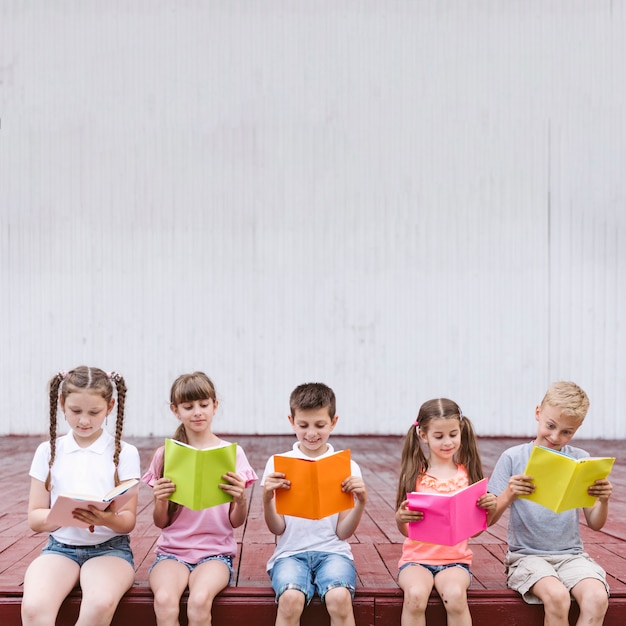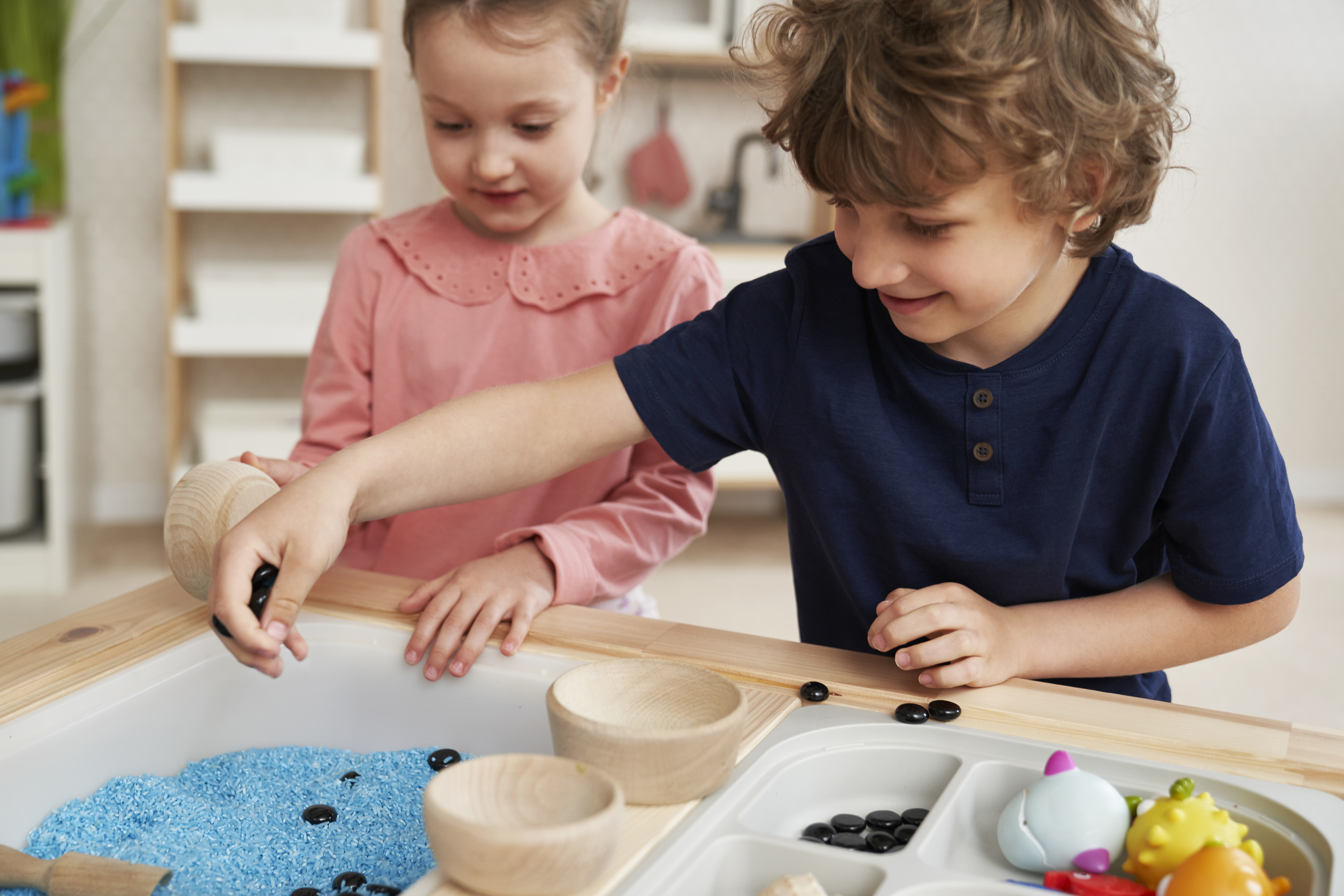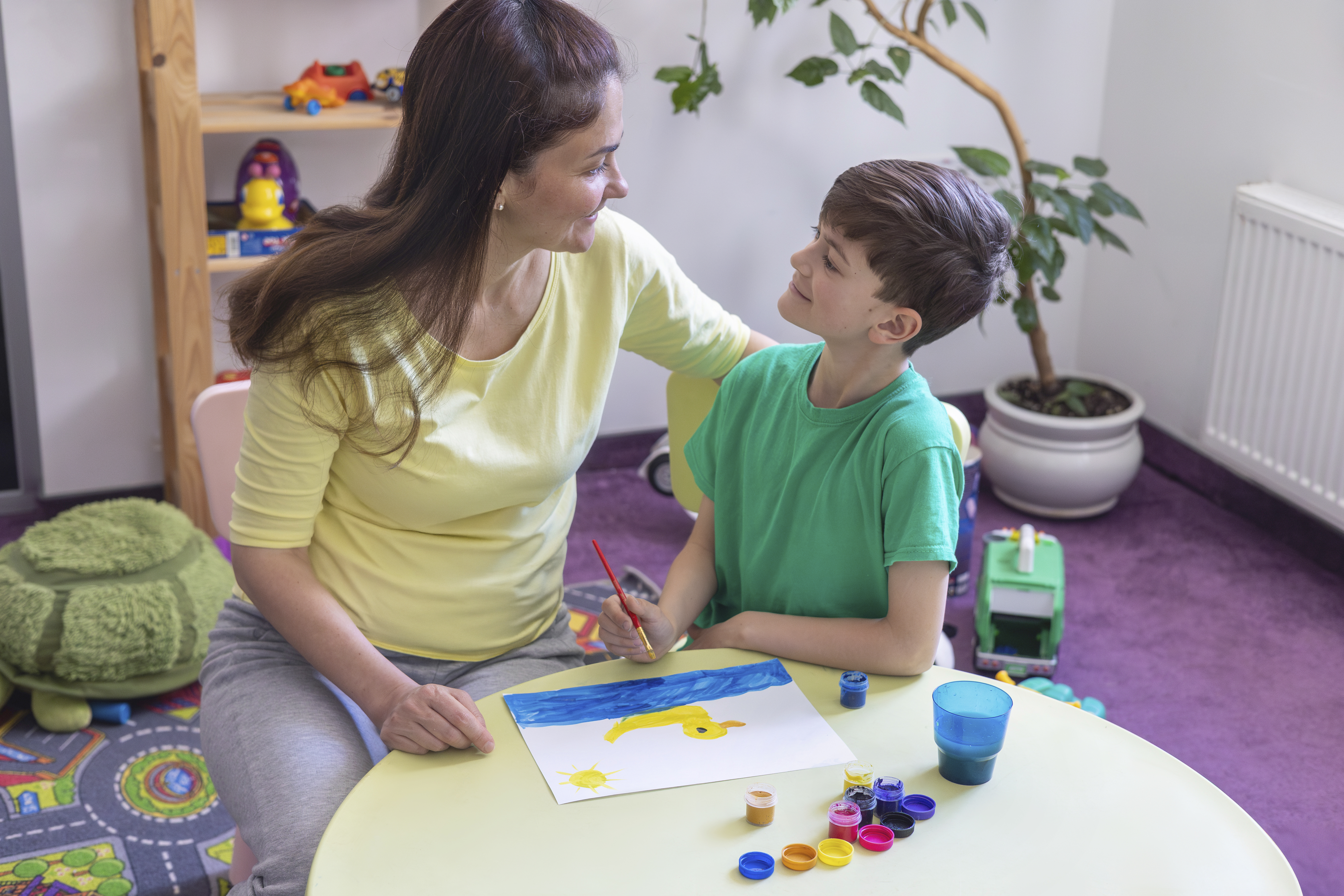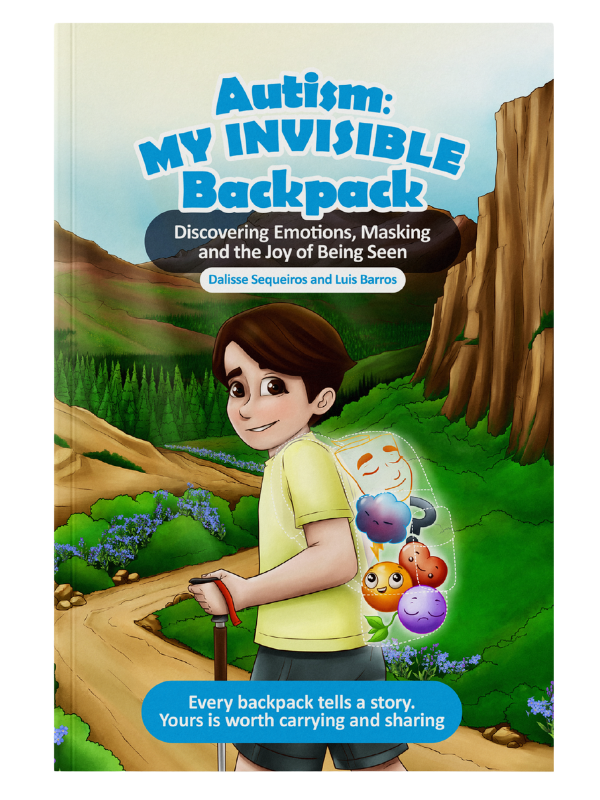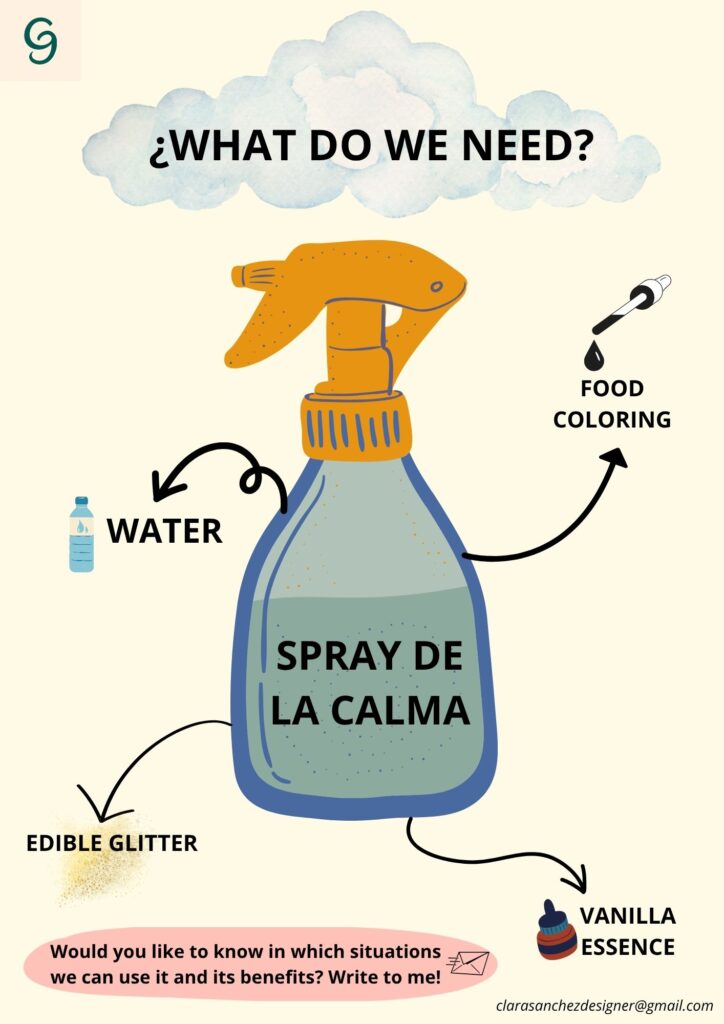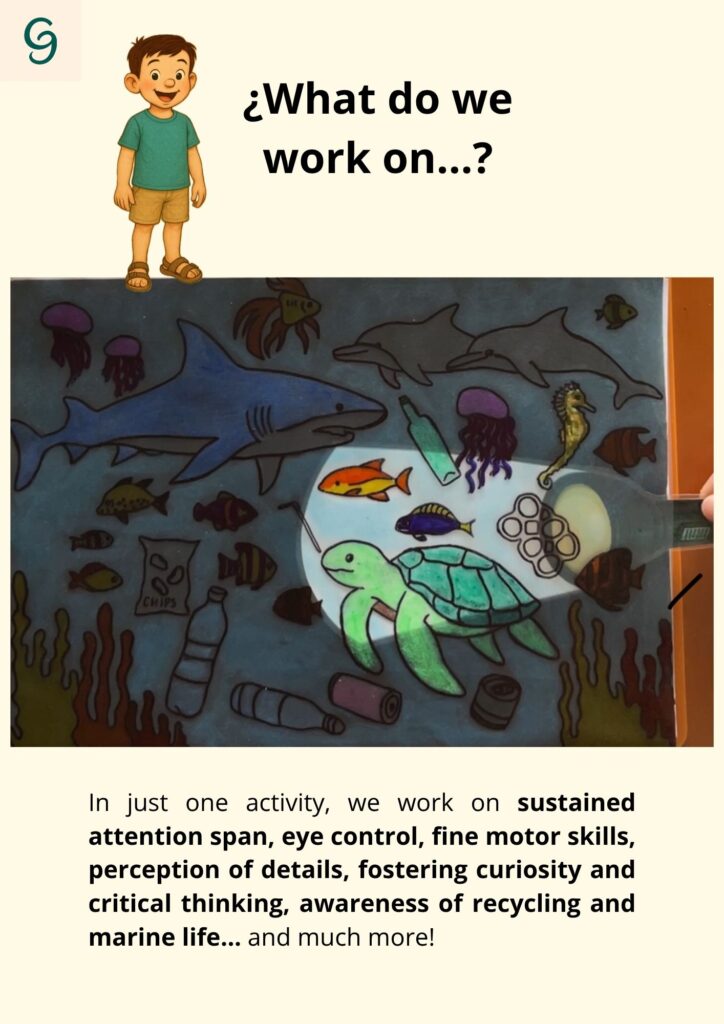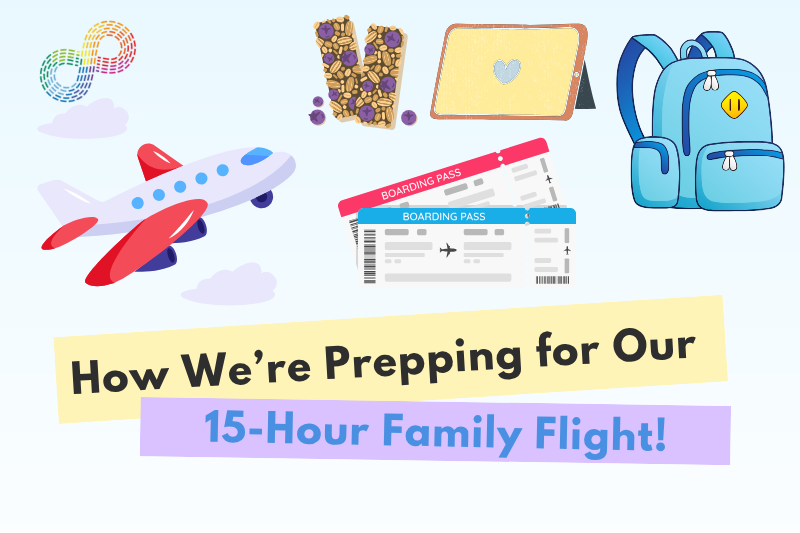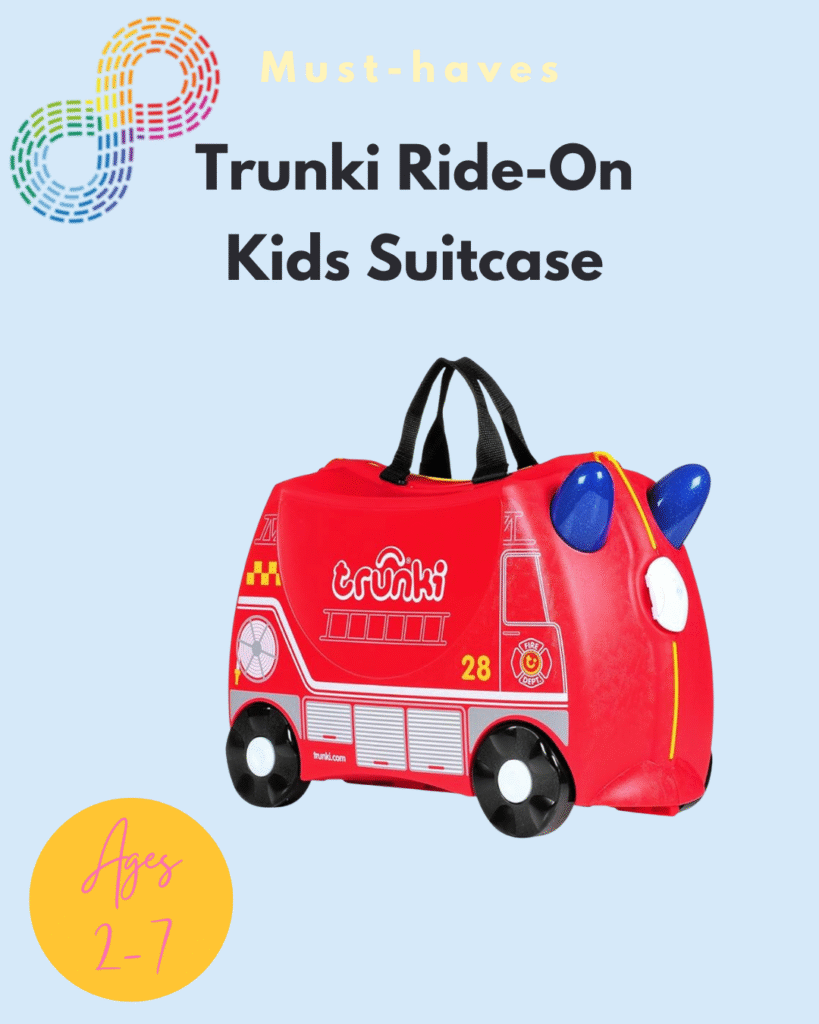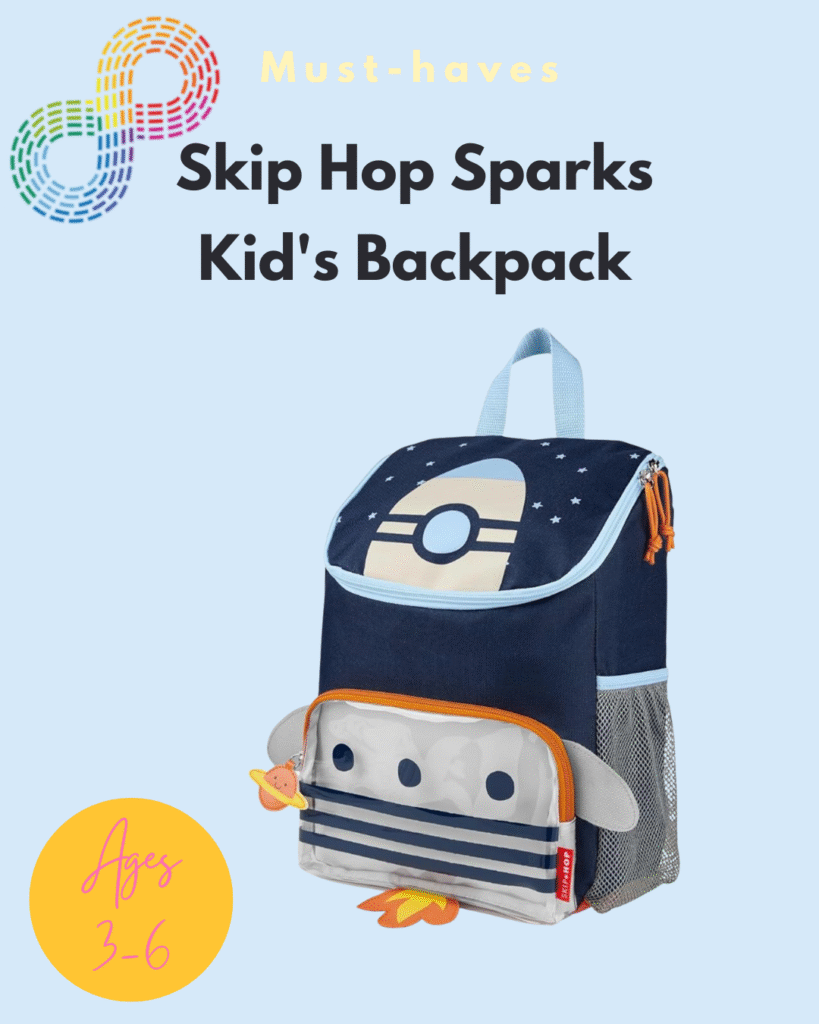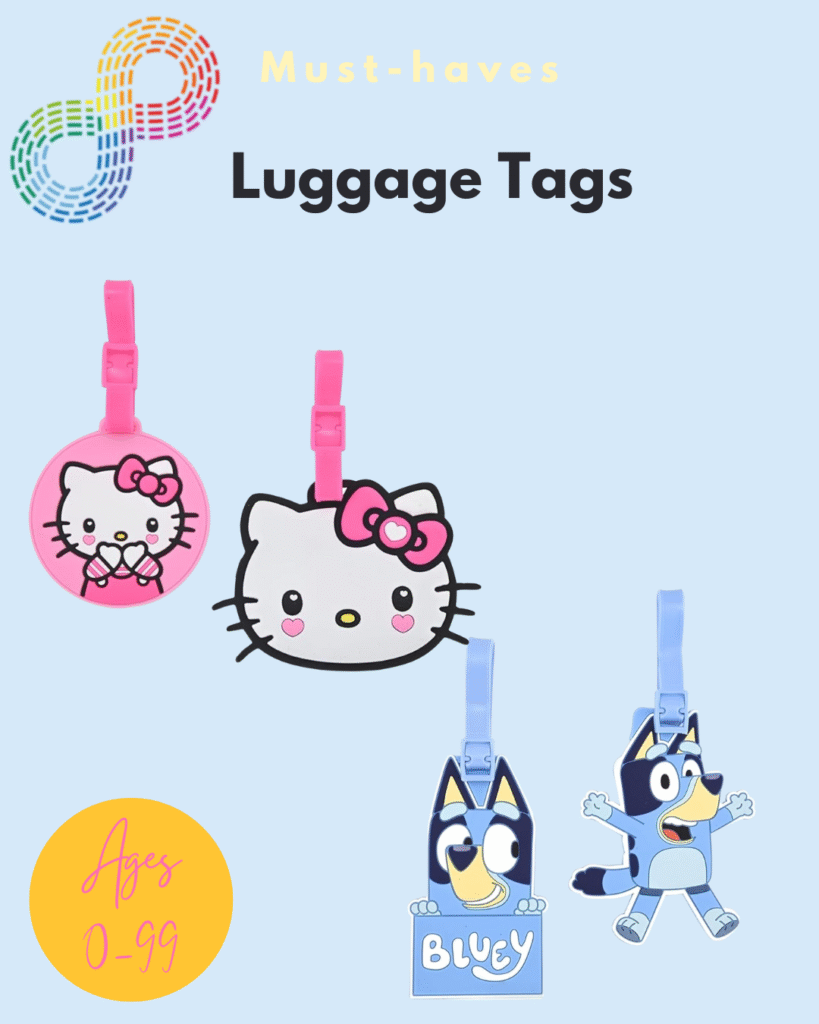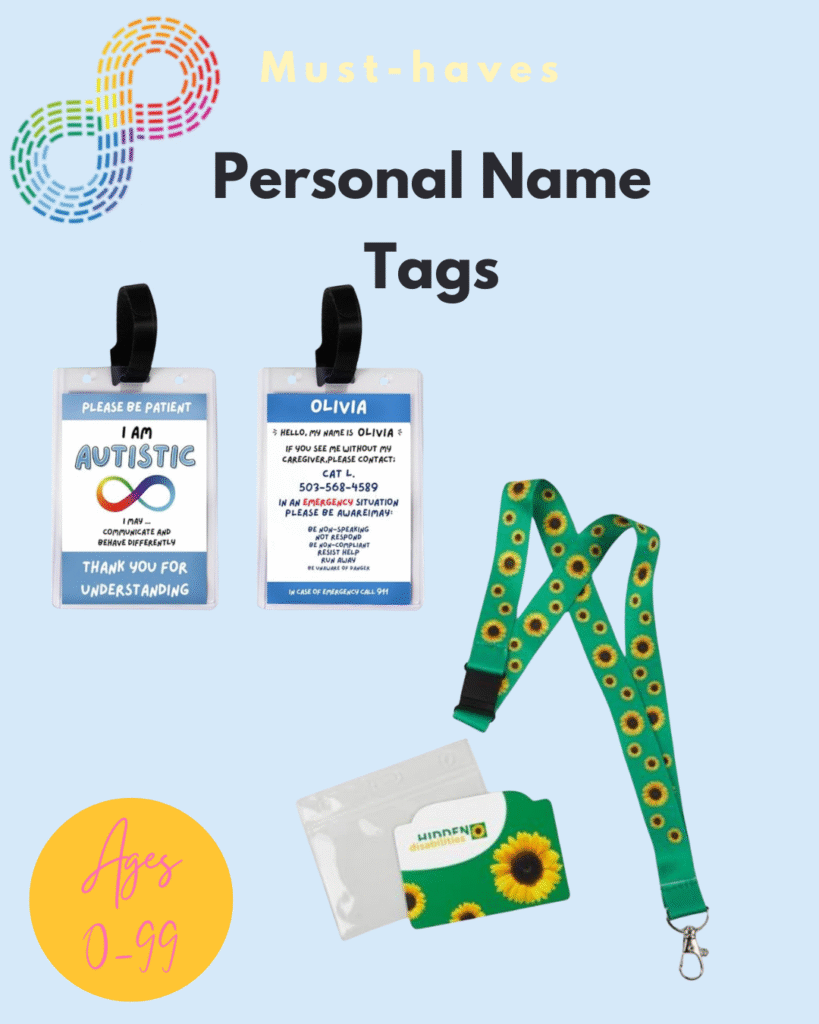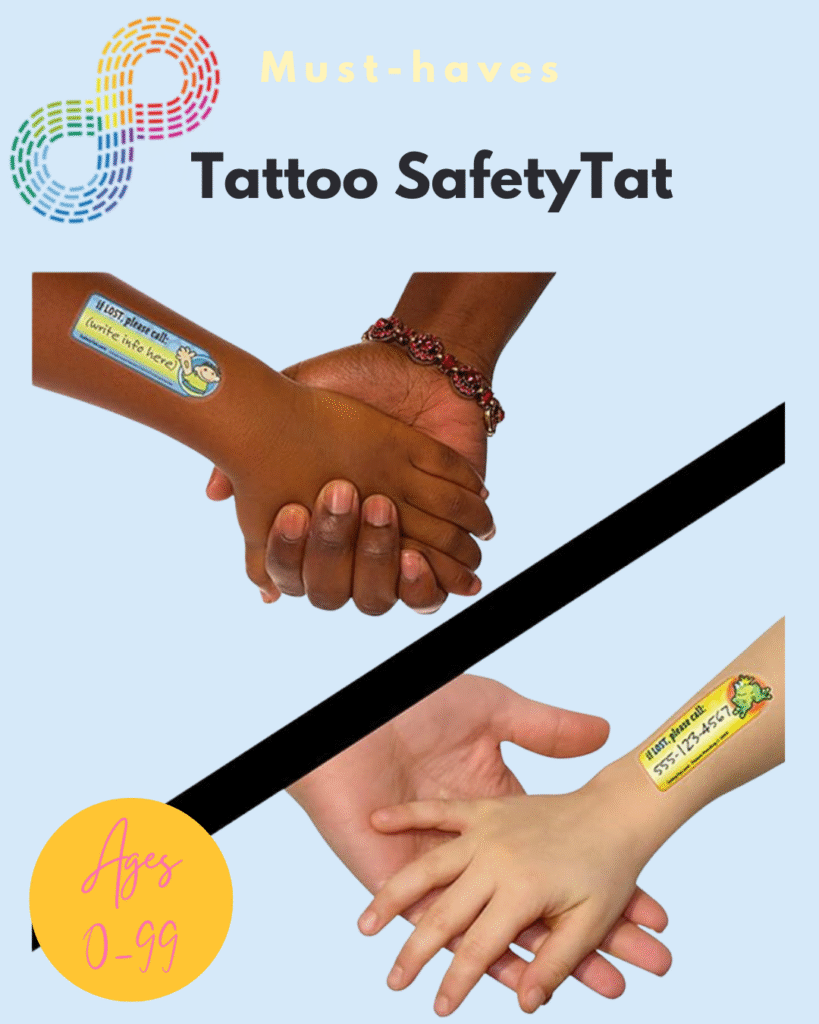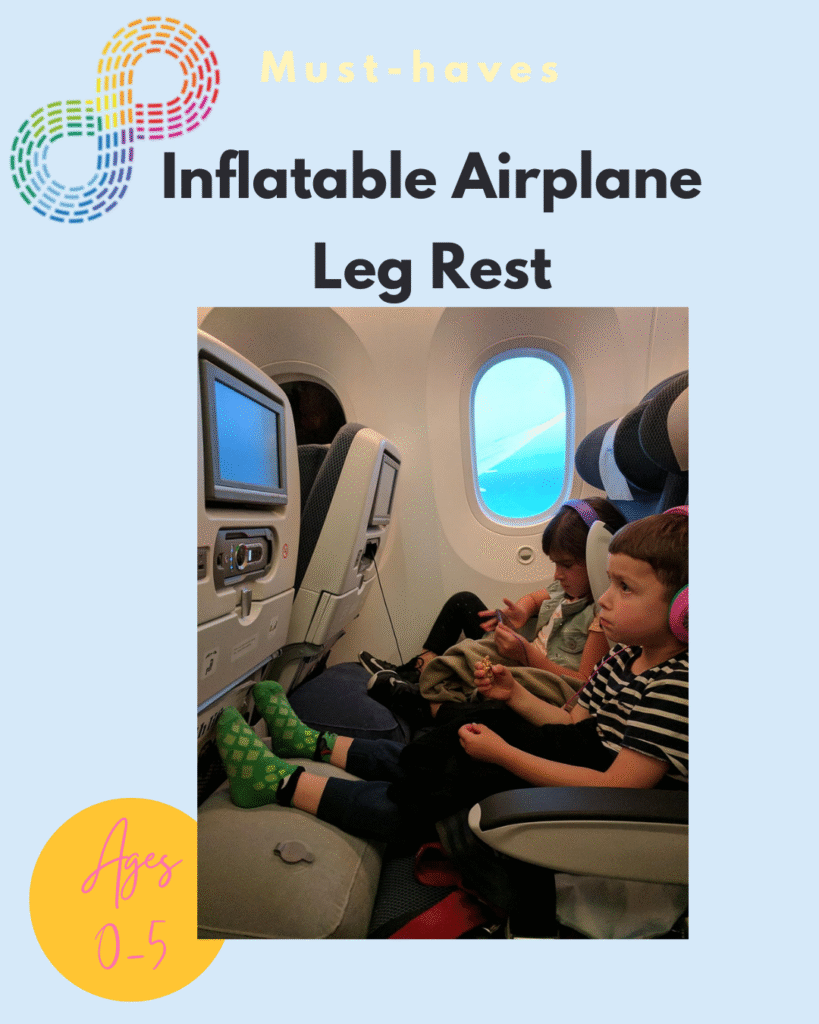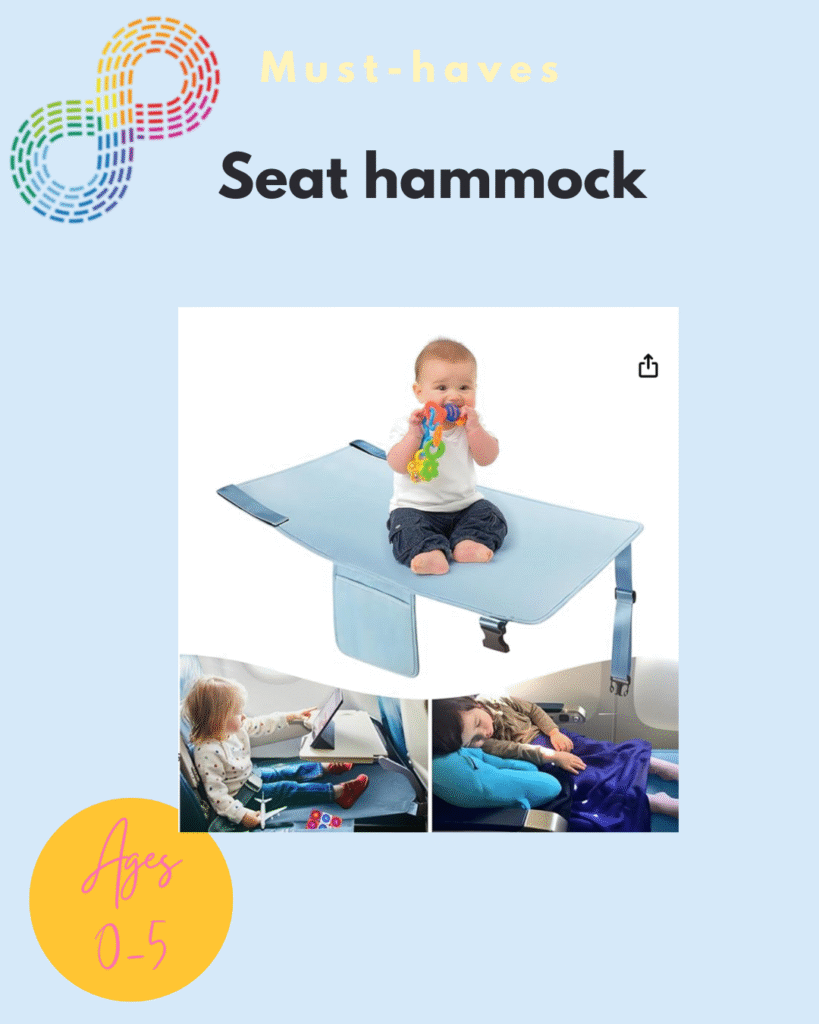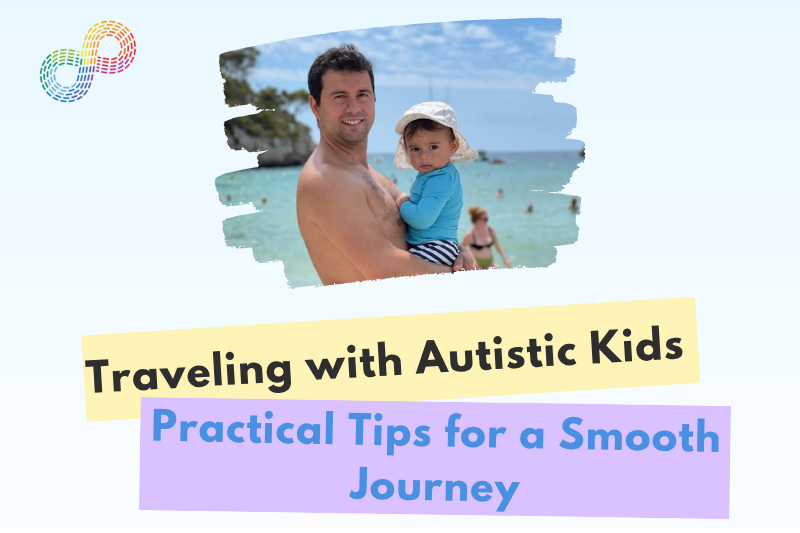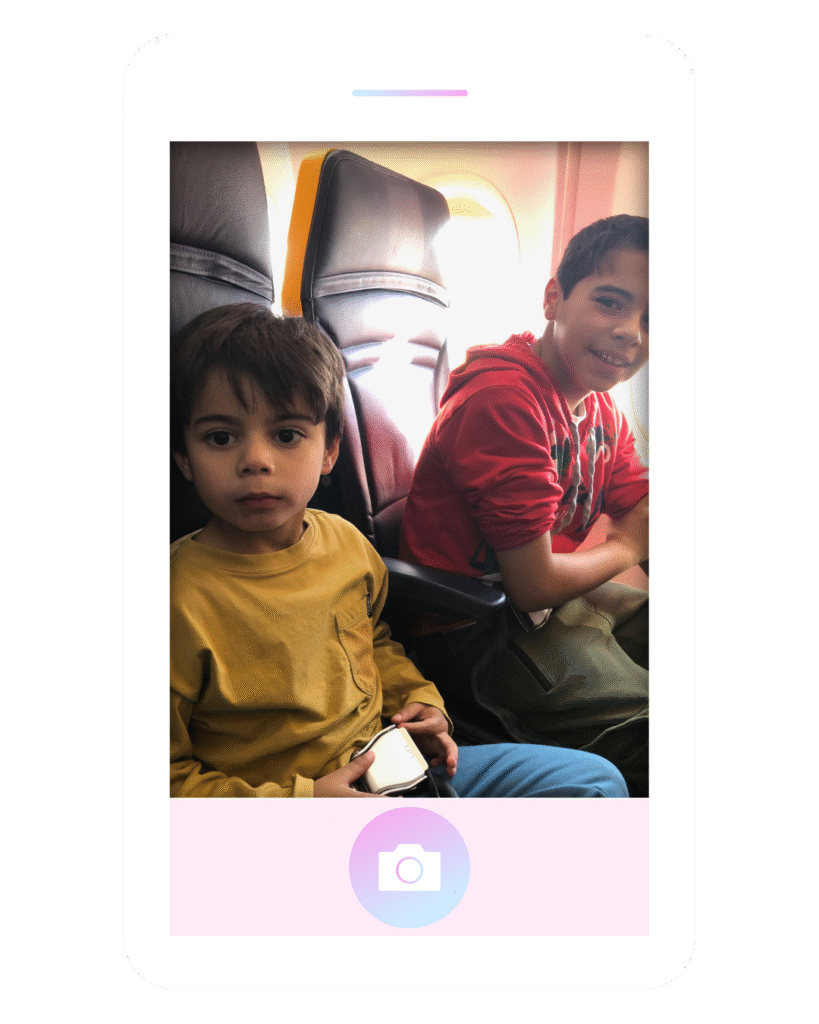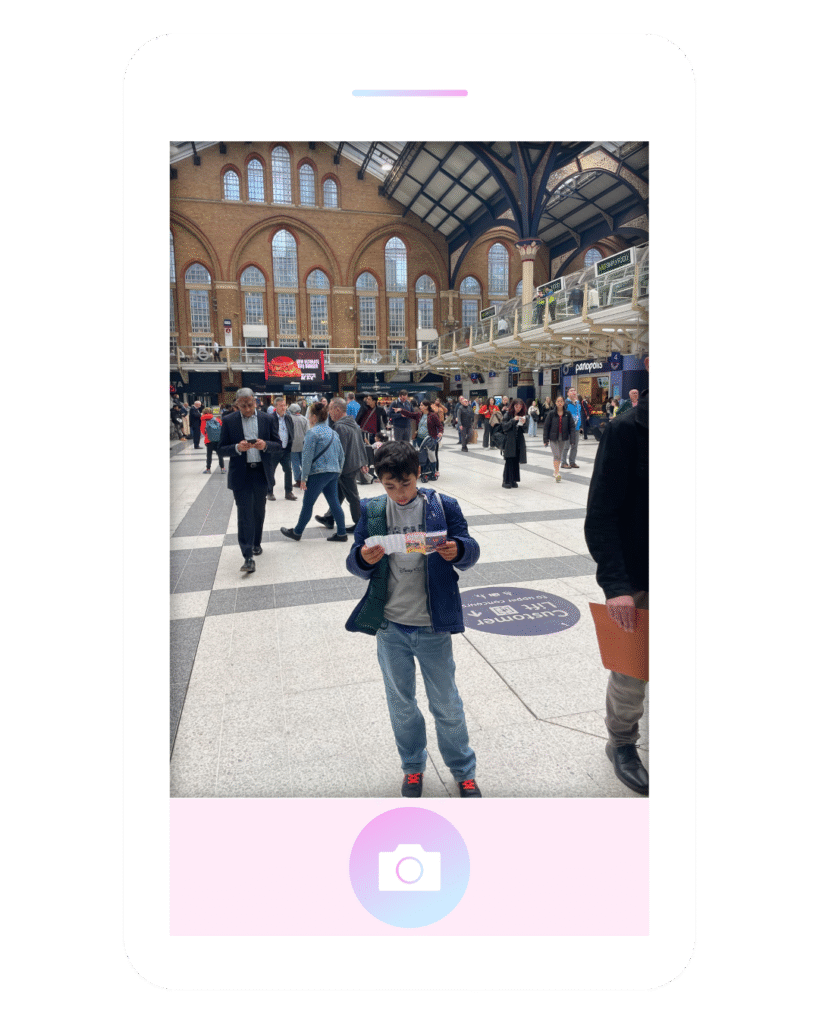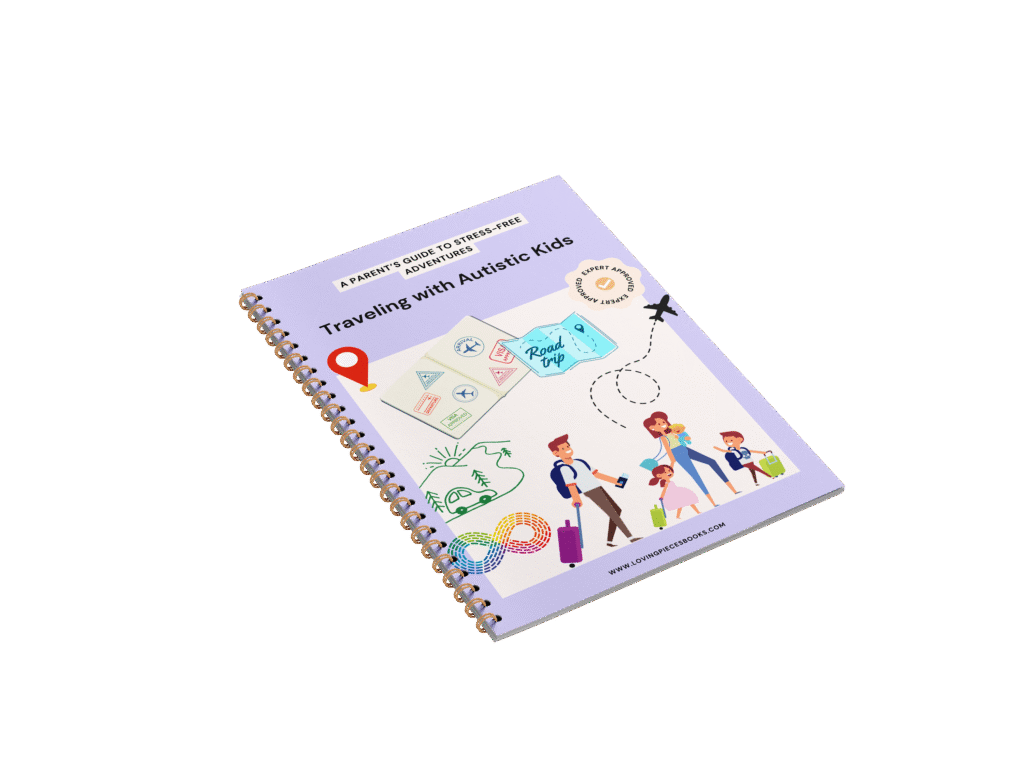Understanding Meltdowns: Embracing the Moment and Building Supportive Responses
The Grocery Store Meltdown That Changed Everything
I’ll never forget the day I truly understood what a meltdown felt like for Adrián.
We were at the grocery store, just a quick trip to grab dinner ingredients. Within minutes, my then-three-year-old son was on the floor, hands over his ears, tears streaming down his face. People stared. Someone whispered “tantrum.” An older woman shook her head disapprovingly.
But Luis and I knew better. This wasn’t defiance. This wasn’t manipulation. This was our son’s nervous system screaming, “I can’t handle this anymore.”
That moment, sitting on that grocery store floor with Adri while strangers judged us, became a turning point. Not because we magically figured everything out that day, but because we finally stopped asking “Why is he doing this?” and started asking “What is he experiencing?”
If you’re reading this because your child has meltdowns and you feel lost, overwhelmed, or misunderstood, I see you. And I want you to know: understanding changes everything.
Recognizing Autistic Meltdowns
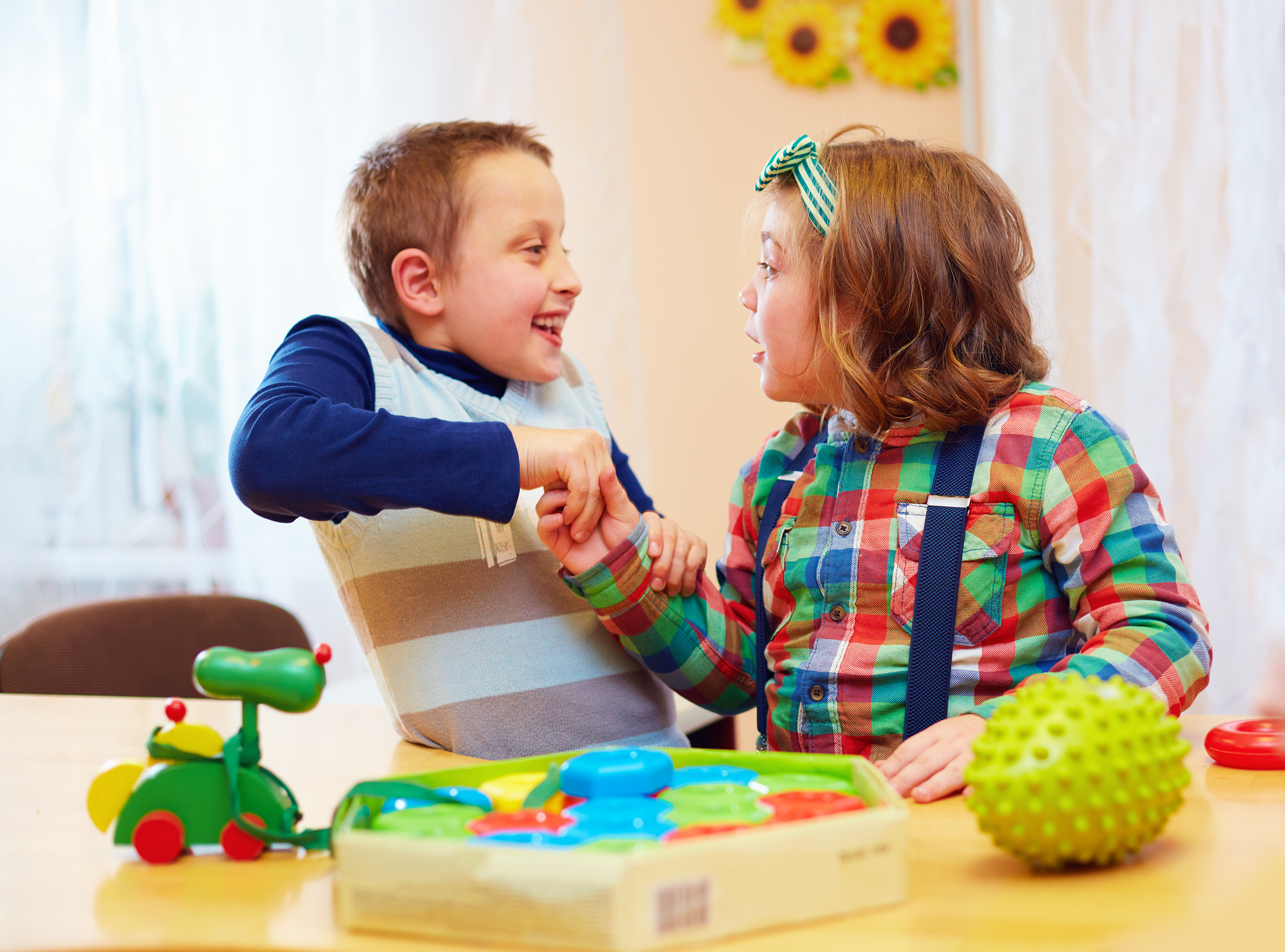
What Actually Happens During a Meltdown
Thankfully we always have our therapists who help us along the way. Here’s what my therapist told me years ago: meltdowns aren’t behavioral problems. They’re neurological responses to overwhelm.
Think about the last time you were completely overwhelmed, maybe during a stressful work deadline, or when too many things went wrong at once. Remember that feeling of your brain just… shutting down? Of being unable to think clearly or control your emotions?
Now multiply that by ten. Add sensory input that feels physically painful. Remove the adult coping mechanisms you’ve built over decades. That’s closer to what an autistic meltdown feels like. And at the time Adrián was non-verbal so he couldn’t tell me with words what was going on.
The Science (In Plain Language)
When an autistic child experiences sensory overload, emotional distress, or too much cognitive demand, their nervous system goes into fight-flight-freeze mode. The logical, thinking part of their brain essentially goes offline. They’re not choosing to have a meltdown they’ve been pushed past their capacity to cope.
Research shows that around 40% of autistic individuals experience meltdowns regularly. But here’s what the research doesn’t always capture: the shame autistic kids carry afterward, the exhaustion parents feel, the isolation of being judged by people who just don’t understand.
Meltdowns vs. Tantrums: Why the Difference Matters
I can’t count how many times someone has told me, “You just need to be firmer with him. Don’t give in to tantrums.”
And every time, I’ve had to take a deep breath and explain: This isn’t a tantrum.
Here’s the difference:
Tantrums are about getting something. They:
-
Have a clear goal (I want that toy, I don’t want to leave)
-
Stop when the child gets what they want or loses interest
-
Are somewhat within the child’s control
-
Respond to consequences or ignoring
Meltdowns are about being completely overwhelmed. They:
-
Have no goal, the child isn’t trying to get anything
-
Continue even after getting what they “wanted”
-
Are NOT within the child’s control
-
Get worse if you try to ignore or punish them
When Adrián or Guillermo has a meltdown, he’s not trying to manipulate us. His nervous system has hit overload, and he needs support to regulate, not discipline.
Understanding this difference literally transformed how Luis and I respond. Instead of feeling like we were “giving in,” we realized we were providing the support our son desperately needed. And when Guillermo started experiencing his meltdowns since we already had the knowledge and experience with Adrián this helped us as parents help him. Im not saying its easy no, but it surely helps to know what a meltdown is.
What Triggers Meltdowns (And Why They’re Different for Everyone)

After years of keeping mental notes (and eventually a journal), we started recognizing Adri’s patterns, and later on with Guillermo. Your child’s triggers might be different, but here are the most common ones we’ve learned from our family and our community:
Sensory Overload
This was Adri’s biggest trigger. The grocery store that day? The fluorescent lights were buzzing, the refrigerators hummed constantly, there were at least five different smells competing for attention, and a toddler was screaming three aisles over.
For Adri, it all added up until his sensory cup overflowed.
Other common sensory triggers:
-
Certain textures (clothing tags, sticky hands, unexpected touch)
-
Loud or unpredictable noises
-
Strong smells
-
Bright or flickering lights
-
Crowded spaces
Changes in Routine
Autistic children often thrive on predictability because it helps them feel safe. When routines change unexpectedly, even small changes, it can trigger anxiety that builds into a meltdown.
For Guille, this is huge. If we take a different route home from school without warning him, he becomes visibly distressed.
Communication Frustration
Imagine knowing exactly what you need but being unable to express it. Or worse, expressing it repeatedly and no one understanding you.
This frustration builds and builds until it explodes into a meltdown.
Emotional Overwhelm
Autistic children often experience emotions more intensely than neurotypical peers. When emotions get too big even positive ones like excitement, they can trigger a meltdown.
Hidden Triggers
Sometimes the meltdown happens after the overwhelming experience. Adri might hold it together all day at school, only to completely fall apart the moment he gets home.
That’s not about home being a bad place, it’s about home being the safe place where he can finally release all that built-up stress.
What We’ve Learned About Responding (The Hard Way)
I’m not going to pretend we handled every meltdown perfectly. We made mistakes. Lots of them. But here’s what Luis and I have learned works:
During the Meltdown
Priority one: Safety. Make sure your child can’t hurt themselves or others. Move sharp objects, block stairs, stay close enough to intervene if needed.
Lower the sensory input. If possible:
-
Dim the lights or move to a darker space
-
Reduce noise (turn off music, close windows, speak softly or not at all)
-
Remove crowds if you can
-
Offer noise-canceling headphones or a weighted blanket
Give space, but stay present. Some kids need physical comfort during meltdowns; others need you nearby but not touching them. Learn what your child needs, and respect it.
Don’t talk too much. When Adri’s in a meltdown, my instinct is to explain, reassure, problem-solve. But his brain can’t process language when he’s overwhelmed. Short, simple phrases work better: “You’re safe.” “I’m here.” “Take your time.”
Remember: This will pass. In the moment, meltdowns feel endless. But they do end. Your job isn’t to stop it, it’s to help your child feel safe while their nervous system resets.
What We Wish We’d Known Sooner: Prevention Strategies
Here’s the truth: you can’t prevent all meltdowns. But you can often reduce their frequency and intensity.
Know Your Child’s Early Warning Signs
Before a full meltdown, there are usually signs that your child is getting overwhelmed:
-
Increased stimming
-
Becoming quieter or more withdrawn
-
Getting sillier or more hyperactive
-
Covering ears or eyes
-
Saying “I’m fine” repeatedly when they’re clearly not
Learn these signs, and you can sometimes intervene before they hit full overload.
Build in Sensory Breaks
We used to push through activities, thinking we needed to help Adri “get used to” overwhelming environments.
Big mistake.
Now we build in regular breaks. Even just five minutes in a quiet space can help reset his sensory system before it hits overload.
Use Visual Supports
Visual schedules help both our boys know what’s coming next. Fewer surprises = less anxiety = fewer meltdowns.
We also use a “feelings thermometer” where Adri can point to show how close he is to overwhelm, even when he doesn’t have the words.
Teach Regulation Skills (When They’re Calm)
You can’t teach coping strategies in the middle of a meltdown. But during calm times, you can practice:
-
Deep breathing exercises
-
Using a calm-down corner
-
Asking for breaks
-
Identifying feelings before they get too big
Our book Autism: Calming the Chaos actually walks kids through these strategies in a way they can understand and practice. Adri reads it regularly, and it’s helped him recognize his own warning signs.
Create a “Yes Space”

Every child needs a place where they can completely let go and be themselves. For Adri, it’s his room with dim lighting, his weighted blanket, and his favorite sensory toys.
When he feels overwhelmed, he knows he can retreat there. No questions, no shame… just safety.
What This Journey Has Taught Us
That day on the grocery store floor, I felt like the worst parent in the world. I was convinced everyone thought my child was “out of control” and that I’d failed as a mother.
Now? I see that moment differently.
That wasn’t failure. That was me learning to see the world through my son’s eyes. That was the beginning of understanding that love sometimes looks like sitting on a dirty grocery store floor, blocking your child from strangers’ stares, and just being present while his nervous system finds its way back to calm.
Meltdowns aren’t bad behavior. They’re communication.
They’re your child’s nervous system saying, “I’ve hit my limit. I need help.”
And once you understand that … once you stop seeing meltdowns as something to punish or prevent at all costs, and start seeing them as information … everything changes.
You stop feeling like you’re fighting your child, and you start feeling like you’re supporting them.
You stop worrying so much about what other people think, and you start trusting your own understanding of what your child needs.
You stop feeling guilty for not “fixing” them, and you start celebrating the tiny victories: the meltdown that was five minutes shorter, the time they used their words before completely melting down, the day they recovered faster because you knew exactly what they needed.
Resources for Your Journey
Understanding meltdowns is just the beginning. If you’re looking for more support, here’s what has genuinely helped our family:
📚 Autism: Calming the Chaos – This is the book Luis and I wrote specifically to help kids understand what’s happening in their bodies before, during, and after meltdowns. It includes strategies that Adri himself uses, told through his character’s experiences.
📚 Autism: Confidence Starts Here – Because building self-esteem can actually reduce meltdowns. When kids feel confident in who they are, they’re less likely to become overwhelmed by social situations or self-doubt.
And we’ve created FREE downloadable resources including:
-
Meltdowns & Autism: A Parent’s Guide to Calming the Chaos
-
Visual supports for identifying feelings
-
Printable calm-down strategies cards
You’re not alone in this. Every parent in our community has sat on a metaphorical (or literal) grocery store floor at some point.
What matters isn’t that meltdowns happen… they’re going to happen. What matters is that when they do, your child knows you’re there, you understand, and you’re not going anywhere.
That’s not just parenting. That’s love.
With understanding and solidarity,
Dalisse (& Luis)
Loving Pieces Books
💙 Has your understanding of meltdowns shifted over time? What’s been your biggest “aha” moment? Share with our community—we’re all learning together. Find us on Instagram @lovingpiecesbooks or explore more resources at lovingpiecesbooks.com.

